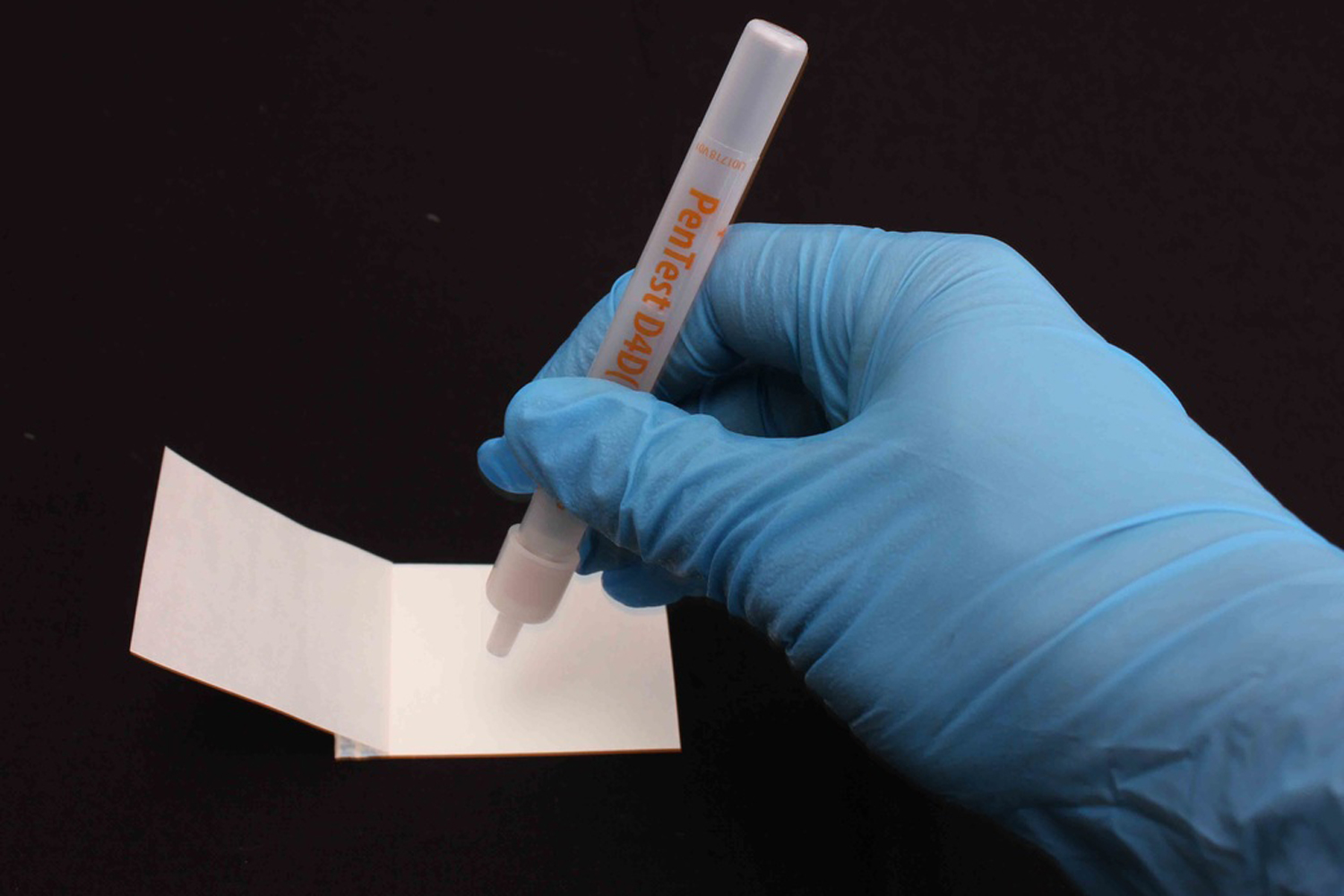 A family moving into their new home began developing unusual health problems within a short time of living in the house. They had unknowingly moved into a former meth laboratory and their illnesses were a result of contamination from the cocktail of highly toxic and dangerous chemicals used in the manufacture of the drug.
A family moving into their new home began developing unusual health problems within a short time of living in the house. They had unknowingly moved into a former meth laboratory and their illnesses were a result of contamination from the cocktail of highly toxic and dangerous chemicals used in the manufacture of the drug.
Unfortunately, this scenario is becoming more and more common as methamphetamine becomes cheaper and more plentiful. It’s now the drug of choice for an ever increasing number of users throughout Australia.
Just months before the family moved in, the home was the site of a clandestine drug laboratory, where the owner made methamphetamine.
Police discovered the laboratory, arrested the owner and notified other authorities that the home needed to be decontaminated because it contained harmful chemicals. The local council issued a notice for the cleaning of the property, but this cleaning wasn’t performed.
The property was sold a few months later, but the new owners were never informed that the home had previously been a meth laboratory. In October 2013, the family of five — a mother, father and their three children — moved in.
Seven months passed before the local council contacted the family and told them that their home was a former drug laboratory. Testing of the home revealed that methamphetamine was present on surfaces in the home. The levels ranged from 11.7 micrograms per 100 square centimetres to 26.0 micrograms per 100 square centimetres — well above the Australian limit of 0.5 micrograms per 100 square cm, the test report said. The family vacated the property in March 2015.
While living in the home, all of the family members experienced health problems, which continued for some time after they moved out. The mother reported a persistent cough, along with weight loss and excess energy, and the father reported worsening memory, dizziness and blurry vision.
The youngest child, a 7-year-old boy, developed asthma-like symptoms, as well as behavioural changes, including anxiety and symptoms of attention deficit hyperactivity disorder (ADHD), which he did not have before the family lived in the home. All of the family members reported having sore, watery eyes, and several members reported trouble sleeping.
Exposure to methamphetamine residues can cause symptoms similar to those seen in people actually taking meth. These include high energy, anxiety, trouble sleeping, increased distractibility, weight loss and memory troubles. Exposure to the chemicals involved in making meth can cause other symptoms, including nose and throat irritation, dizziness and breathing difficulties.
All of the family members had samples of their hair tested for methamphetamine one week after they moved out, to better determine their level of exposure to the drug. The tests showed that the family’s two youngest children, both boys, had the highest levels of methamphetamine in their hair, with 330 and 460 picograms per milligram. Previously, studies have found that children living in clandestine drug laboratories can have levels of methamphetamine in their hair ranging from 100 to 131,000 pg/mg, the report said.
The family’s 11-year-old daughter had a lower level of methamphetamine in her hair samples, around 50 pg/mg. The mother’s level was 17 pg/mg, and the father’s level was 5 pg/mg.
The family reported that most of their health problems resolved within a year of moving out, according to the researchers.
Don’t become another innocent of the growing ice scourge. Make sure that you conduct surface testing for meth, of any property you are considering purchasing. Make sure that a suitable ‘Meth Clean’ condition is included in your Sale & Purchase Agreement.
Once you buy the problem, you own the problem and if the property is contaminated, you have little choice but to clean and remediate it before your or tenants can live in it. This can potentially cost tens of thousands of dollars.
Use Narcotect D4D PenTest surface test kits to do your own inexpensive, simple-to-use testing and have the results in seconds. Or request your pre-purchase building inspector carry out surface testing as part of their Building & Pest report.




